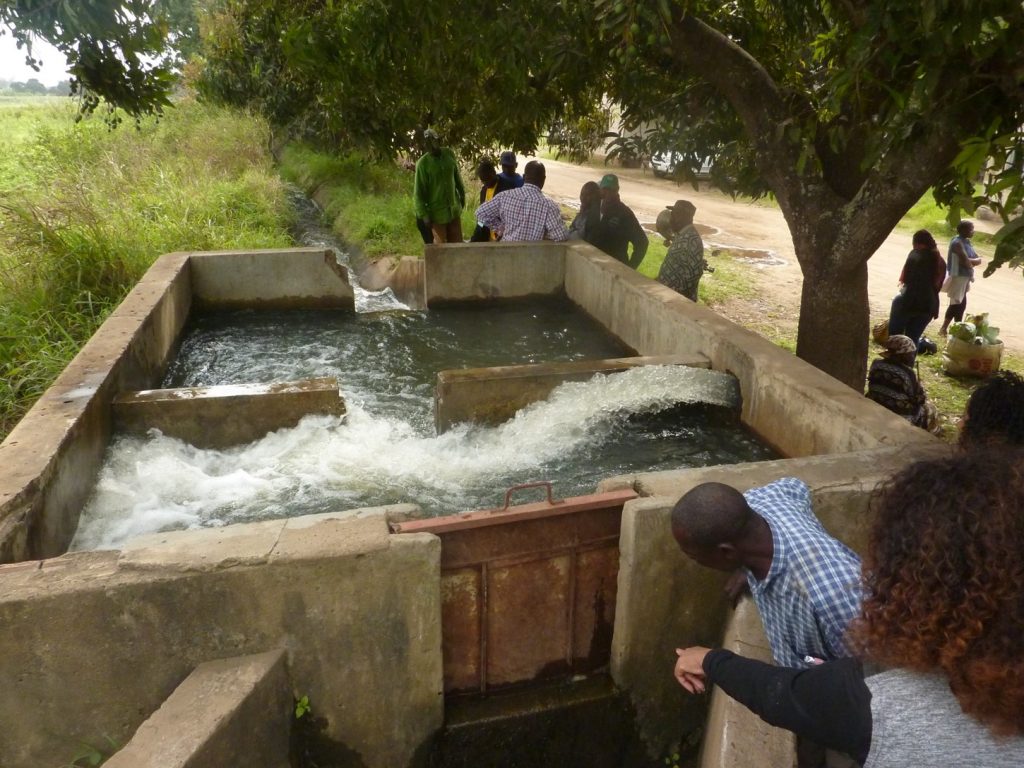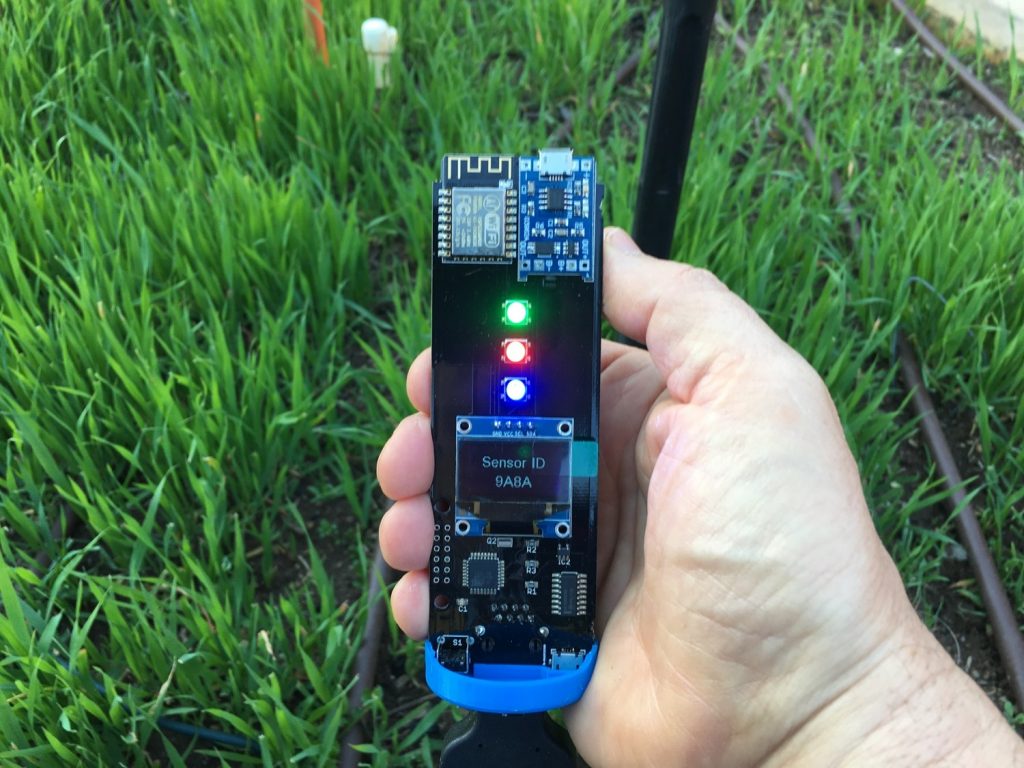
A standard burger has around 500 calories. That means around 500 litres of water was used to create A SINGLE BURGER.
There’s nothing quite like a Sunday morning Macca’s run. Scoffing down around 900 calories of pure shame, regret and insistence that you’re never drinking again (until next weekend). In that moment you are probably thinking a lot of things, but we bet one of them isn’t that your shame breakfast required around 900 litres of water to be produced. That’s right, to grow a single calorie of food requires about one litre of water. Think about how much you eat in a day (even a day when you aren’t eating McDonald’s). Imagine how much water is required to grow the food you eat in a year. Times that by your lifetime, and then by the 7 billion people on Earth. Yeah, it’s a pretty staggering concept.
Most of us are quite lucky, we don’t have to think about how much water was required to make our food. Our biggest concern is what the taxi driver will think of us when we ask them to go through the drive-thru and order four bacon and egg McMuffins. Not everyone is as fortunate as us. Many people have to grow their own food to survive or rely on crops to make a living. Those people think very long and hard about how much water their food requires. And despite years of experience farming, the only way of knowing if their crops are getting enough, or too much, water is to wait until the plant shows physical signs of stress. By then the damage is done and they will have a lower, or no yield. For some, this can literally mean the difference between life and death.

Dr Michael Robertson isn’t a farmer, but he also spends a lot of time thinking about how much water crops need. He’s part of our team of agriculture scientists focussing on how information and communication technology can help farmers. They have invented a digital device called the Chameleon. The Chameleon is reasonably simple – it measures how moist the soil is under the crops. Just like the famous multi-coloured reptile, the lights on the display change colour depending on how wet the soil is: blue for wet, green for moist and red for dry. All the farmer needs to do is simply connect the reader to the sensor in the soil and get a reading for various depths in the profile. And the best part? Chameleon only costs a few dollars (AU) to manufacture, making it a truly viable solution for poor farming communities around the world.

The coloured indicators on Chameleon shows how wet the soil is
Blue for wet, green for moist and red for dry
This simple device is already having a huge positive impact in the farming communities where it has been tested. And as if creating Chameleon wasn’t enough, the team have also invented a device that tests fertiliser in the soil: FullStop. It works by collecting moisture from the soil and indicating how much fertiliser is there with colour-changing paper strips. So if a farmer uses both Chameleon and FullStop, they know exactly what’s going on underground.
So, when you’re sitting down to your next meal, work out how many litres of water it took to grow the food you are eating. One litre per calorie. Think about the power that a simple digital technology like the Chameleon has to change the lives of farmers.
This blog has been adapted from Dr Michael Robertson’s TEDxUWA 2017 talk


18th December 2017 at 11:04 am
What a wonderful gadget – but when will it be mass produced and who will be responsible for getting it to the farmers and training them? And where can we get one for use at home?
15th December 2017 at 9:19 am
Be interested to learn more about the technique the sensor uses to measure moisture and how this is affected by other soil characteristics. Is there any calibration required? No mention of ‘how cheap’ the sensors are – and how many are required to get a reasonable sample/measurement.
14th December 2017 at 5:18 pm
What cost and are they available to farmers in Australia? As a grazier doing pasture renovation work this would be an excellent tool. We have soil moisture probes in the area but the rainfall can be very variable over a short distance. A tool which indicates soil moisture actually on your own land is much better than a hand especially when the moisture content may be borderline for a pasture activity.
Well done. Perhaps CSIRO could supply them to farmers in third world situations through a sponsorship program on the web. I would be happy to buy one for a farmer overseas in such a situation.
Thank you for pointing out our dependence on water. I went to a landscape conference in Europe some years ago and the consensus was that future wars could well be fought over water.
I think whether the example is a Mac burger or anything else is irrelevant, the point is that it takes a lot of water to grow food and so many of our politicians don’t understand that climate change will bring significant demands on water and changing water availability and part of our food production is at risk of being a casualty.
Keep up the good work, don’t let the pollies discourage you!
Leigh
15th December 2017 at 12:29 pm
You can purchase the FullStop wetting front detector here: https://viashop.csiro.au/
The Chameleon indicators are currently research-only, but more information here: https://via.farm/
Video about this with David Pocock using Chameleon in his garden, talking to Richard Stirzaker about the results and how they can be used by farmers over the long term: https://via.farm/get-involved/
14th December 2017 at 4:12 pm
Yes, this project has been led by Richard Stirzaker for many years. Part/most(?) of this was funded by ACIAR, in collaboration and equal partnership with farmers in Africa, and he’s promoted these sensors, including his excellent FullStop wetting front detector, in many outreach sessions. A great one with David Pocock at Radford College, for example.
14th December 2017 at 4:07 pm
A great idea and I’m sure there is a lot of farmer interest, I do not mind a MaCCa mind you take the bun away and place the food on a plate and some would call it dinner.